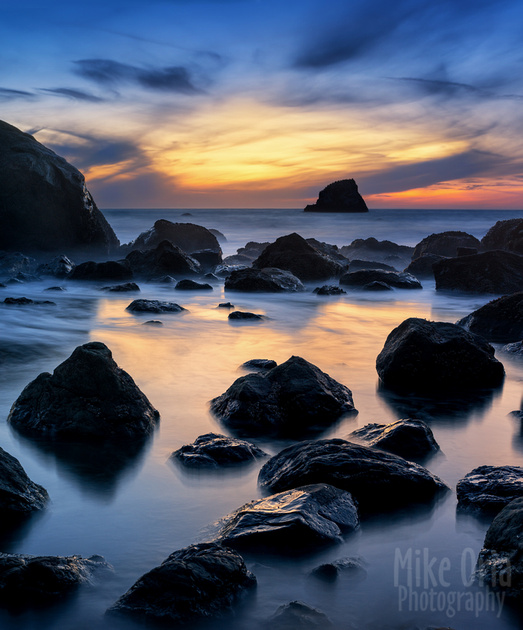This is how I think of it:
Theoretically, assuming perfect optics, the lower the f-stop the better. In practice you have a sweet-spot - stopping down improves sharpness because of lens imperfections, but diffraction counters the positive effects of stopping down. The former will depend on the lens.
As a rule of thumb, the resolution, as defined by a point-spread function would be proportional to wavelength*f-number*constant.
The constant will depend on numerical aperture, which is similar to f-stop, but accounts for medium (like air). I learned that for microscopes, but it should hold for cameras too - assume the constant to be ca. 2.5 for diameter of a PSF (or 1.25 for a radius). This is the same regardless of the sensor size.
However, since you have a bigger sensor, you can get away with a bigger circle of confusion for enlargements, so you can increase your f-stop to match that desired circle of confusion.
If you have twice as large sensor (MFT vs full frame), then you can stop down twice as much on the bigger sensor (F8 vs F16).
radius of a point spread function = 1.25*f-number*wavelength.
Here are some examples:
MFT:
Olympus M.Zuiko Digital 25 mm f/1.8 review - Image resolution - Lenstip.com
Full frame:
Canon EF 50 mm f/1.4 USM review - Image resolution - Lenstip.com
MFT reaches max resolution at F2.8-4.0; FF at 5.6.


 Similar Threads
Similar Threads 












 Post #9 by mikeSF
Post #9 by mikeSF








